The ritual of tea drinking in Britain forms an intricate mosaic of regional customs, class-driven traditions, and evolving social practices. From the cream-laden scones of Devon to the industrial “high teas” of Northern England, each locality has woven its own narrative into the broader fabric of British tea culture. This report explores how geography, history, and community have shaped distinct tea traditions across the United Kingdom, from the aristocratic salons of London to the harvest fields of Suffolk. Through the clinking of fine china in Cornwall’s tearooms and the sturdy mugs of builders’ tea in Yorkshire, we uncover a story of national identity forged one cup at a time.
Historical Foundations of Regional Tea Practices
The Portuguese Influence and Early Aristocratic Adoption
Tea’s journey to Britain began not through its own explorers but via Portuguese and Dutch traders in the early 17th century56. Catherine of Braganza, the Portuguese queen consort to Charles II, transformed tea from a medicinal curiosity to a symbol of refinement after her marriage in 166214. Her court in Portsmouth popularized the beverage among aristocrats, who showcased their wealth through elaborate tea services in silver pots and imported Chinese porcelain1. By the 1680s, London’s coffeehouses—like Garraway’s in Exchange Alley—had become hubs for male tea drinkers, while aristocratic women hosted private gatherings where tea was poured as a performative act of hospitality16.
The drink’s exclusivity began to wane in the 18th century as the East India Company established direct trade routes, reducing costs through colonial plantations in Assam and Ceylon5. This shift allowed middling shopkeepers in cities like Bristol and Edinburgh to emulate upper-class rituals, purchasing modest tea sets and hosting “tea parties” that mirrored aristocratic etiquette3.
Regional Variations in Tea Preparation and Service
The Great Cream Debate: Devon vs. Cornwall
One of Britain’s most spirited regional rivalries centers on the “proper” way to layer clotted cream and jam on scones. In Devon, the tradition dictates spreading clotted cream first—a thick, buttery layer—topped with strawberry jam, a method said to prevent the jam from “sinking” into the scone’s crevices45. Cross the Tamar into Cornwall, however, and the order reverses: jam first, then cream. Locals argue this allows the cream’s richness to shine without being overshadowed by sweetness. Tearooms in towns like Padstow and Tavistock have turned this culinary disagreement into a playful competition, with menus proudly declaring allegiance to one method4.
Northern England’s “High Tea” vs. Southern Afternoon Rituals
The terminology of “afternoon tea” and “high tea” reveals class distinctions that still echo regionally. In working-class communities of Yorkshire and Lancashire, “high tea” emerged in the 19th century as a substantial evening meal served at high tables, combining hearty dishes like meat pies with strong, milky tea45. This contrasted with the dainty finger sandwiches and porcelain cups of London’s afternoon tea, a leisurely ritual born from Anna, Duchess of Bedford’s desire to bridge the gap between lunch and late dinners34. Today, Leeds’ Betty’s Café Tea Rooms honor both traditions, offering tiered cake stands alongside robust “builder’s tea” in mismatched mugs.
The Scottish Approach: Strength and Sustenance
In Scotland, tea culture leans toward practicality. The “cuppa” here is often brewed darker and stronger, with loose-leaf Assam or Ceylon teas favored for their malty robustness. A unique regional custom involves “stovies”—a potato-based dish—served alongside tea during community gatherings in Aberdeen and Inverness. The ritual of “afternoon tea” in Edinburgh’s Balmoral Hotel retains Victorian grandeur, but in rural crofts, it’s common to find tea served in sturdy pottery with oatcakes or shortbread15.
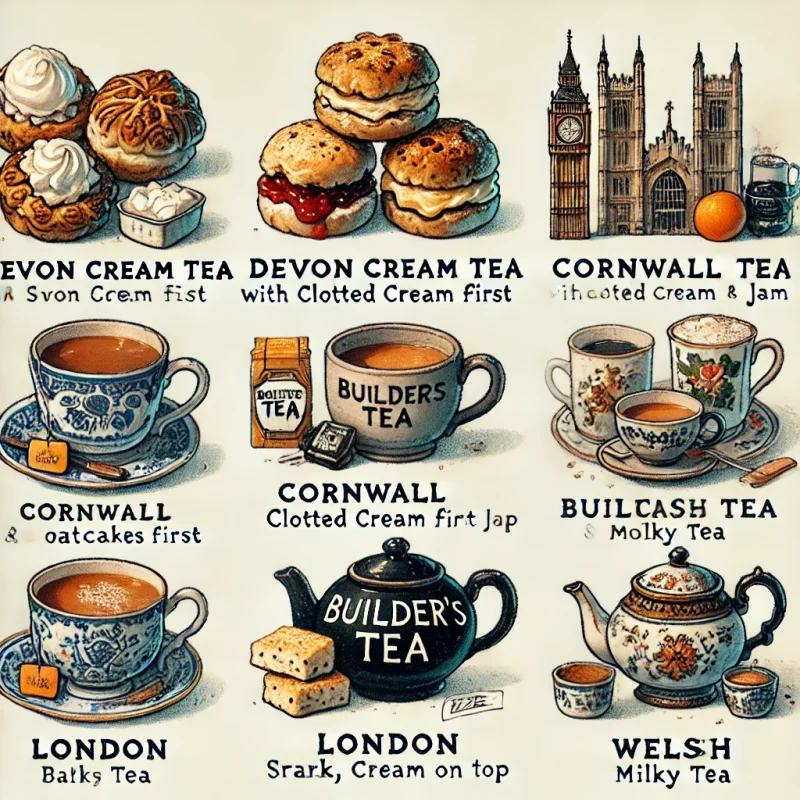
Rural Traditions: Harvest Teas and Community Bonding
Suffolk’s Harvest Tea Rituals
In the farming communities of East Anglia, the annual harvest season culminates in celebratory teas that blend sustenance with camaraderie. Sarah Langford’s recollections of her grandmother’s 1950s harvests illustrate this tradition: workers gathered in stubbled fields, drinking sweetened tea from glass bottles and eating egg sandwiches thick with butter2. Even as machinery replaced manual labor, families in villages like Lavenham maintain the ritual, setting trestle tables in barns with scones, Victoria sponges, and steaming urns of tea—a nod to agrarian roots2.
Welsh Teatime: Bara Brith and Mining Heritage
In the former mining valleys of South Wales, tea became a lifeline for communities. The 19th-century coal miners carried flasks of sweet, milky tea underground, believing its warmth warded off dampness. Above ground, wives developed “teisen lap” (moist tea bread) using brewed tea as a raising agent—a frugal recipe still baked in Caerphilly homes. The post-industrial decline saw community centers revive these traditions through weekly “teas a’r sgwrs” (tea and chat) sessions, where retirees share stories over steaming mugs13.
Urban Tea Innovations and Modern Adaptations
London’s Global Infusions
The capital’s tea scene reflects its multicultural populace. Brick Lane’s Bangladeshi cafes serve “cha” with cardamom and condensed milk, while Chinatown’s bubble tea shops offer tapioca-studded concoctions. At the same time, establishments like the Wolseley maintain Edwardian grandeur, where waiters in waistcoats perform the “brewing ballet”—warming pots, swirling leaves, and presenting timers for optimal steeping14.
Manchester’s Industrial Legacy
In Manchester’s Northern Quarter, former cotton warehouses now house specialty tea boutiques sourcing leaves directly from Sri Lankan estates—a conscious nod to the city’s history as a textile hub built on colonial trade. The working-class tradition of “mashings” (multiple brews from the same leaves) persists in suburbs like Salford, where elderly residents critique younger generations for “wasting good leaves after one pot”16.
Ceremonial Nuances: From Pottery to Pouring
The Milk-in-First (MIF) Debate
A seemingly trivial detail—whether to add milk before or after tea—belies regional loyalties. In Staffordshire, home of bone china, MIF remains popular to prevent delicate cups from cracking5. Conversely, Yorkshire purists argue that adding milk last allows better control over strength. Scientists have even weighed in: a 2022 University of Leeds study found that MIF creates smoother emulsion, a fact celebrated in Stoke-on-Trent’s Wedgwood Museum56.
Teapot Rituals and Cosy Crafting
The ritual of warming the pot—swirling boiling water before adding leaves—remains sacrosanct in regions like the Cotswolds, where antique Brown Betty teapots are prized. Local artisans in Derbyshire’s Peak District knit whimsical tea cosies resembling thatched cottages or sheep, sold at village fetes. In contrast, Edinburgh’s modern tea bars favor glass infusers, prioritizing aesthetics over tradition13.
Tea as Social Equalizer: From Mines to Manors
The 19th-century temperance movement propelled tea as a “respectable” alternative to alcohol in industrial cities. Methodist groups in Newcastle organized “tea meetings” where workers discussed labor rights over communal urns—a practice echoed today in Glasgow’s union halls35. Meanwhile, stately homes like Chatsworth House continue hosting charity teas, where duchesses and dairy farmers alike dunk digestives in china cups, momentarily flattening social hierarchies4.
Conclusion: Steeping Identity in Every Cup
Britain’s regional tea traditions form a living archive, preserving histories of empire, industry, and community resilience. Whether in a Cornish fisherwoman’s thermos or a Silicon Roundabout startup’s matcha latte, tea remains both a personal comfort and a collective ritual. As new generations blend matcha with clotted cream or champion plastic-free tea bags, the essence endures: a pause, a connection, a shared moment steeped in centuries of custom. The kettle’s whistle, echoing from Devon farmhouses to Glasgow tenements, still summons Britons to table—one steep at a time.
Citations:
- https://en.wikipedia.org/wiki/Tea_in_the_United_Kingdom
- https://www.cpre.org.uk/stories/harvest-tea-sarah-langford-on-reconnecting-with-rural-traditions/
- https://speakenglishalfresco.com/blog/tea-culture-uk/
- https://www.historic-uk.com/CultureUK/Afternoon-Tea/
- https://teacultureoftheworld.com/pages/united-kingdom
- https://richard-tea.com/en/discover-the-world-of-tea/traditions-and-history-of-english-tea-drinking
- https://teadocumentary.com/blog/british-tea-culture/
- https://www.ocha-festival.jp/archive/english/conference/ICOS2001/files/PROC/I-004.pdf
- https://www.nationaltrust.org.uk/discover/history/the-history-of-tea
- https://www.britishmuseum.org/blog/tea-rific-history-victorian-afternoon-tea
- https://www.bbc.co.uk/bitesize/articles/zm2txyc
- https://esquirescoffee.co.uk/news/brief-history-tea-great-britain/
- https://www.ef.com/wwen/blog/language/an-introduction-to-british-tea-culture/
- https://www.bbc.com/travel/article/20240201-the-mythos-of-drinking-tea-what-makes-it-essentially-british
- https://teatimemagazine.com/tea-treasures-in-the-english-countryside/
- https://yamamotoyama.co.jp/en/blogs/column/reading248
- https://www.guidelondon.org.uk/blog/food-drink/history-of-afternoon-tea-in-england/
- https://www.tea.co.uk/tea-customs
- https://www.aladyinlondon.com/2014/08/british-tea-culture.html
- https://britainandbritishness.com/british-tea-traditions/
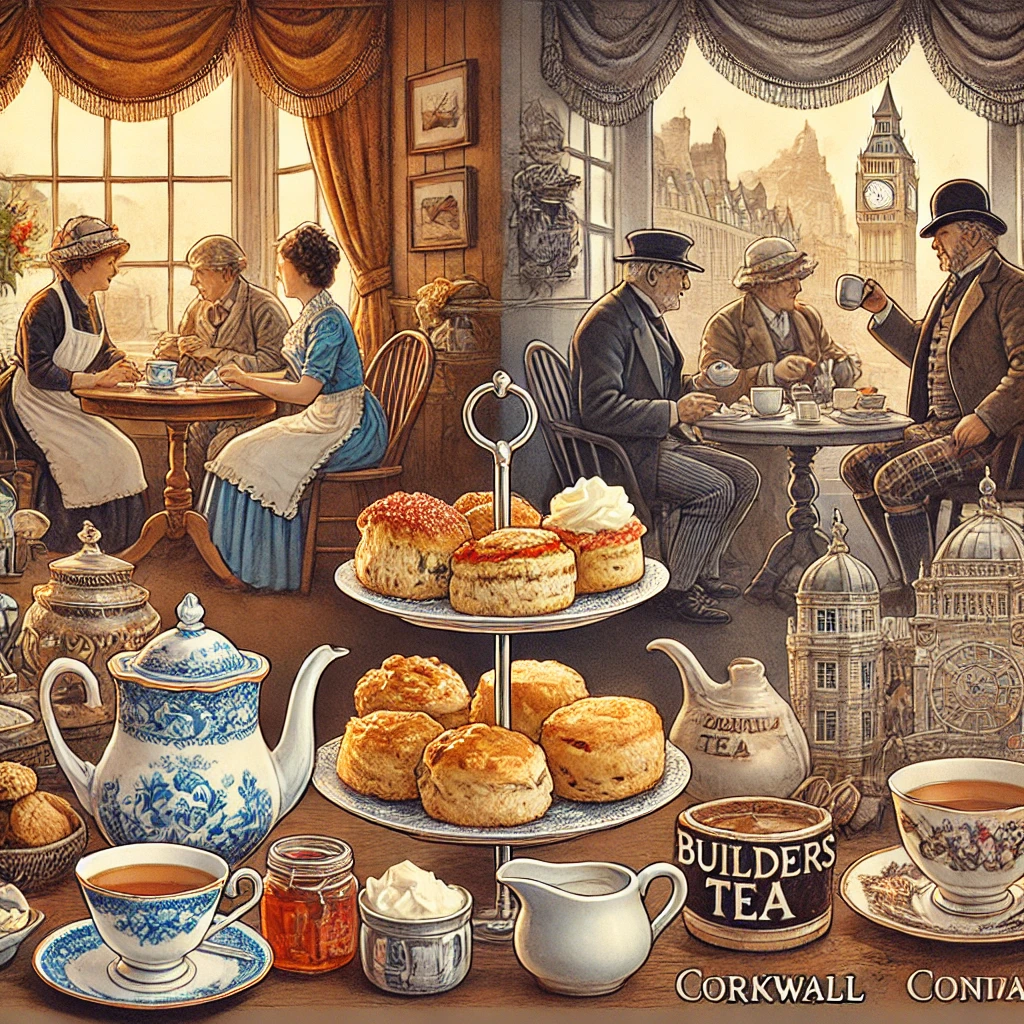
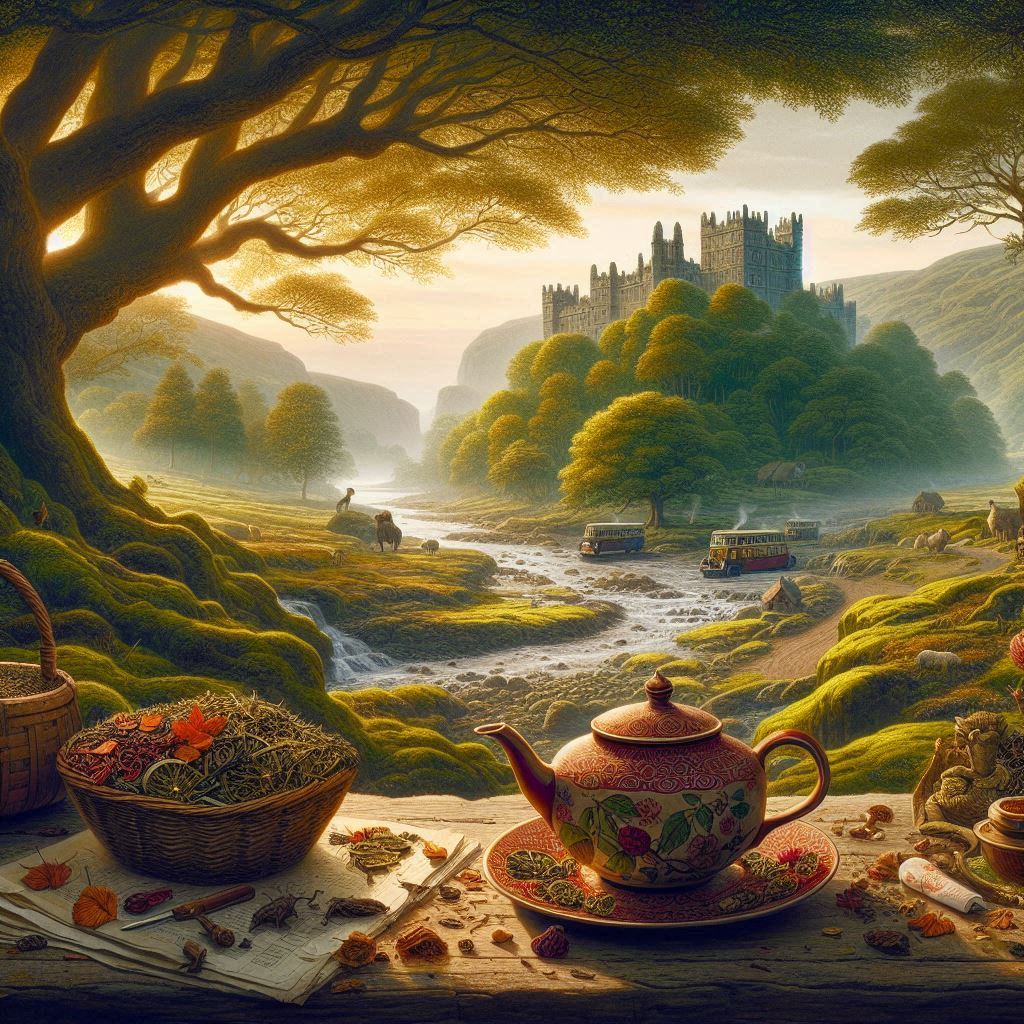
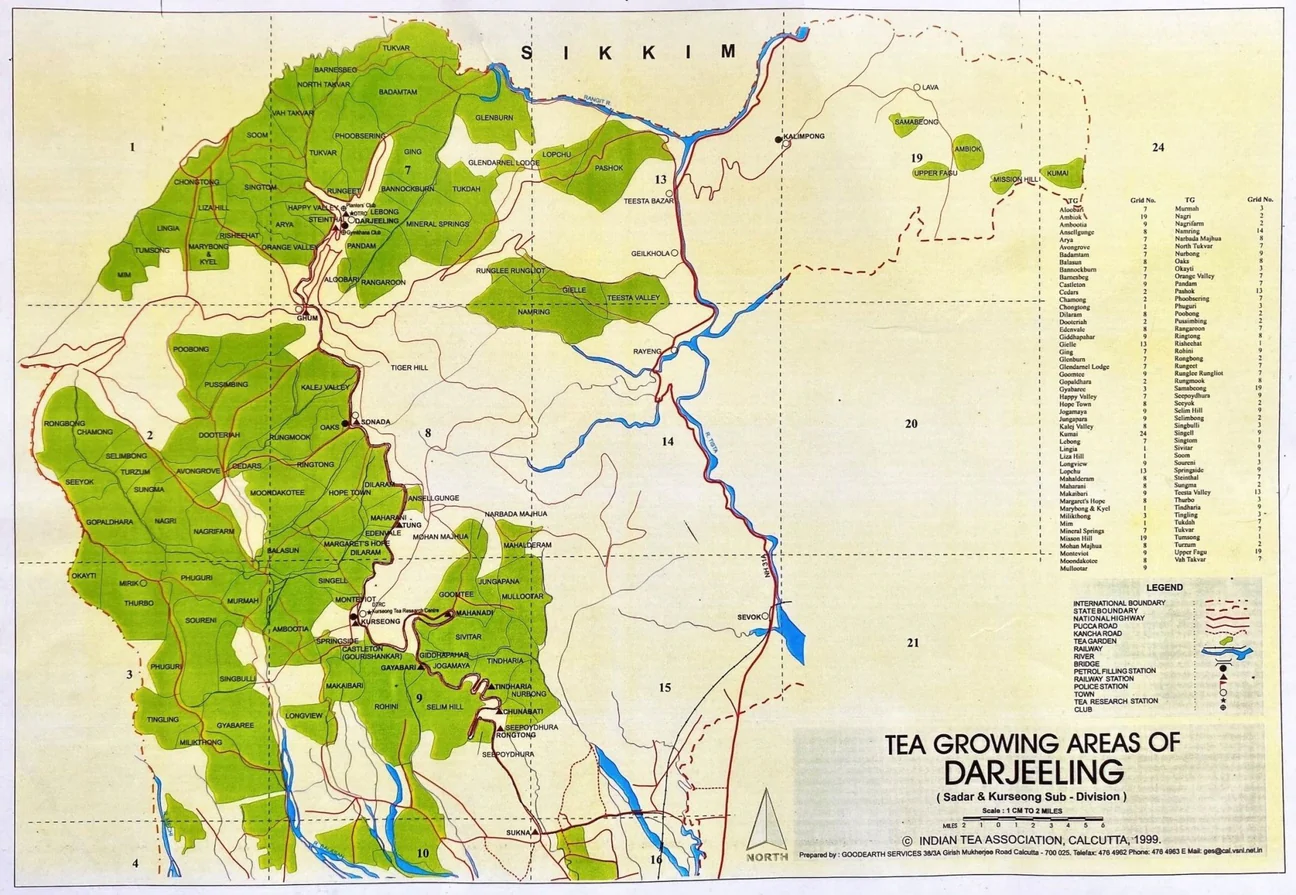
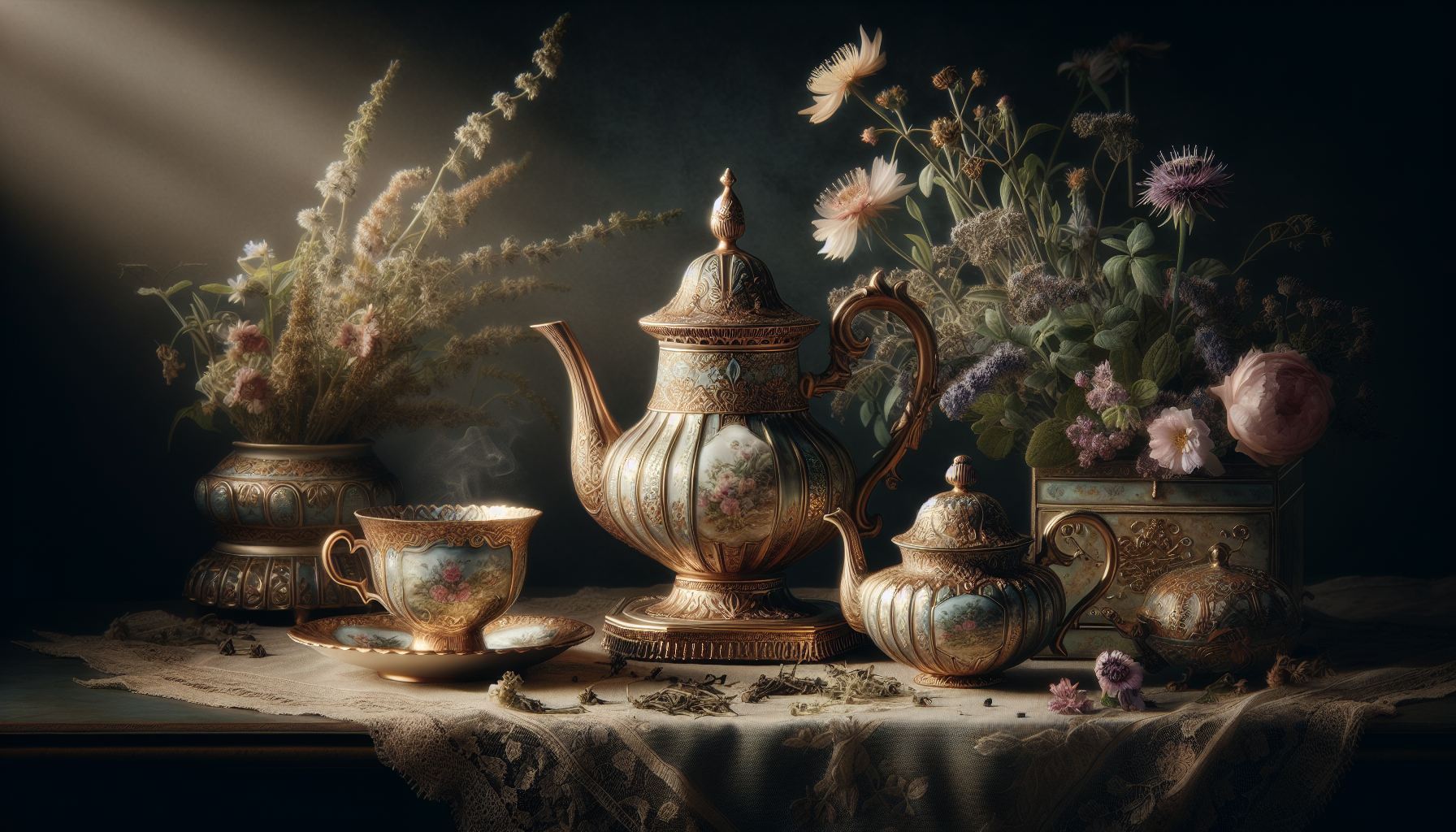
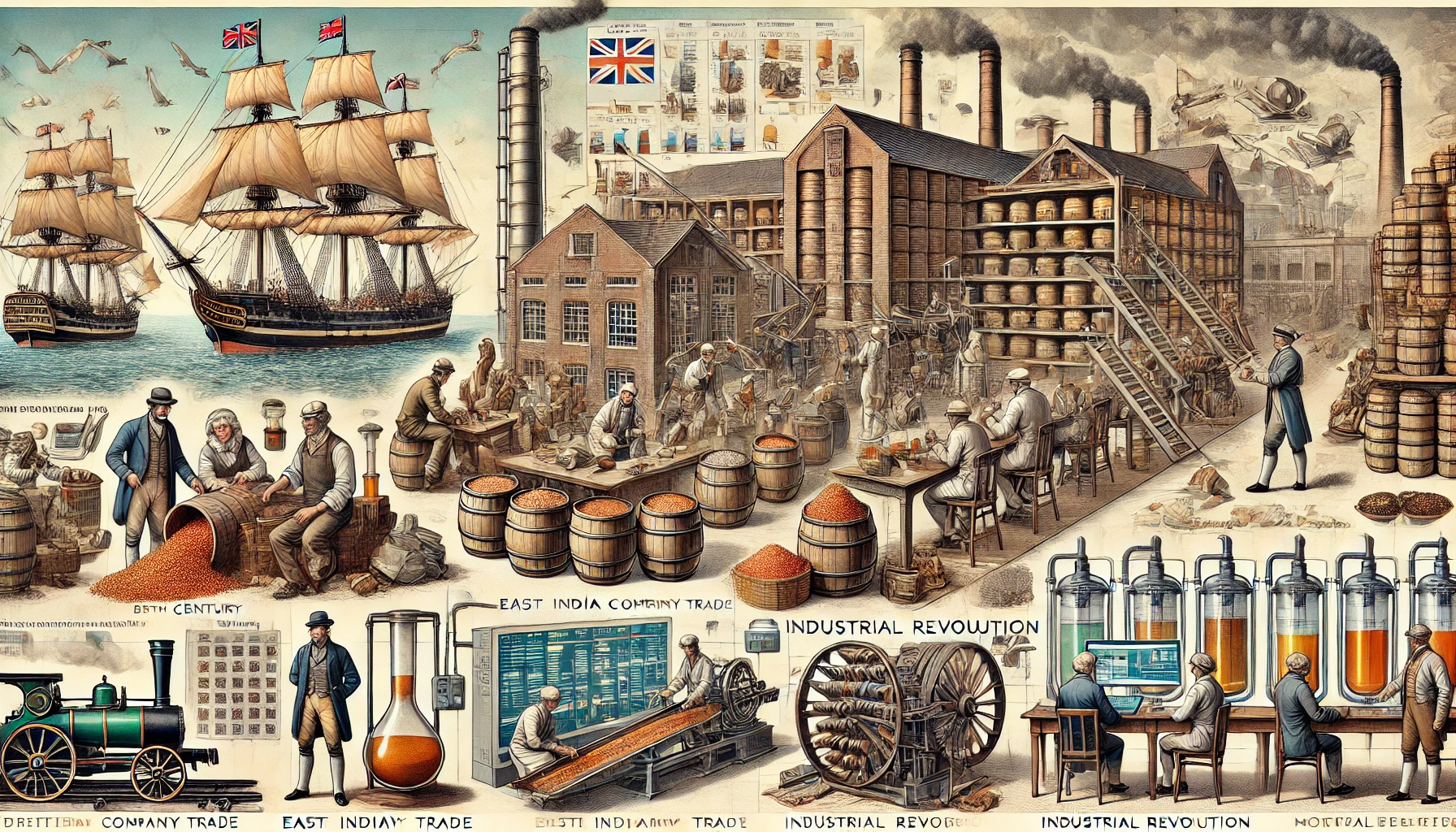
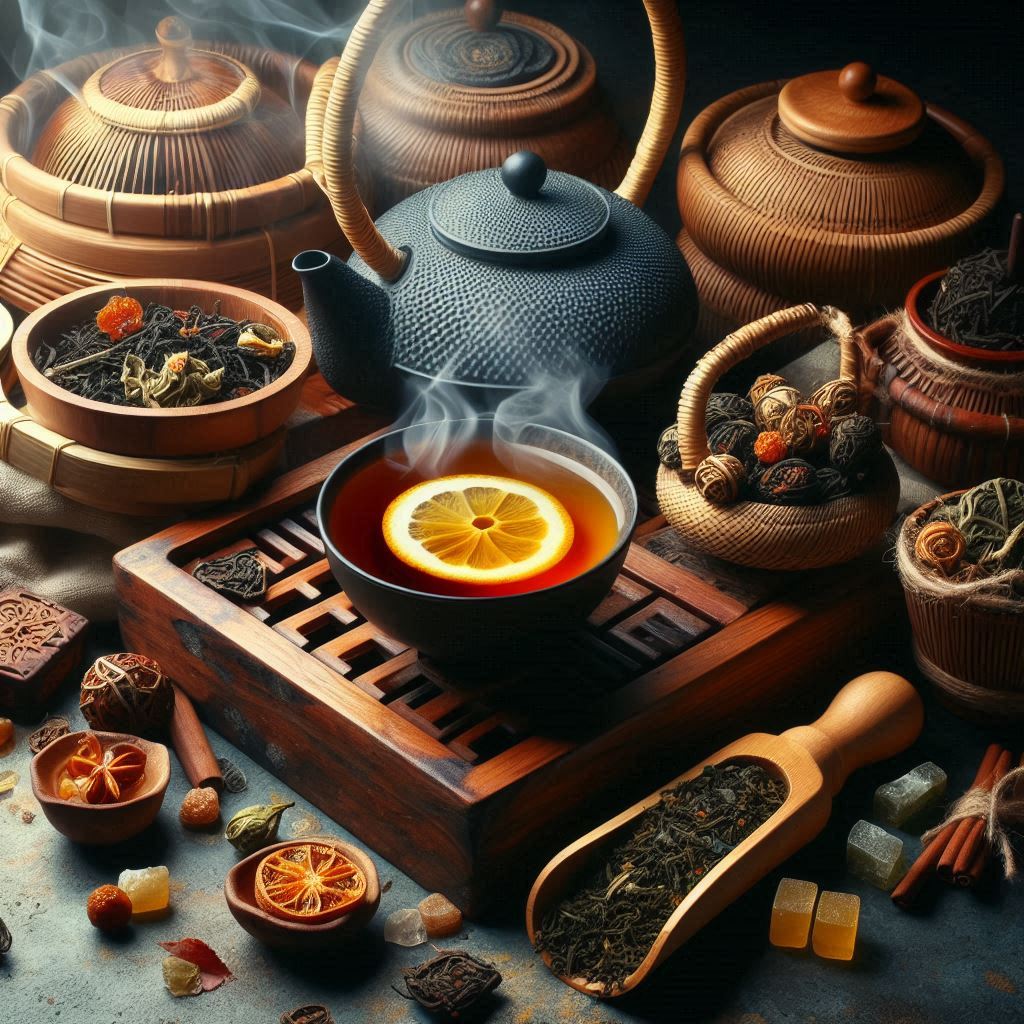
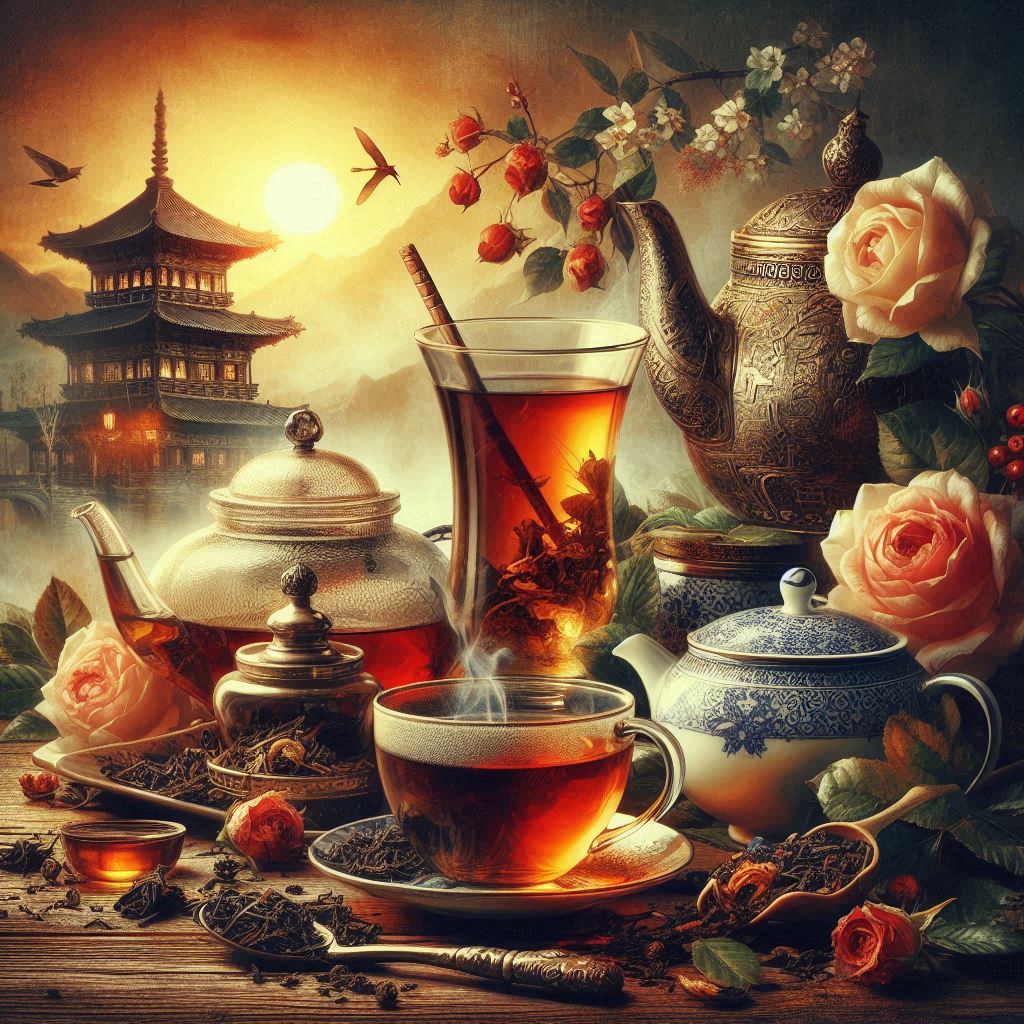
コメント